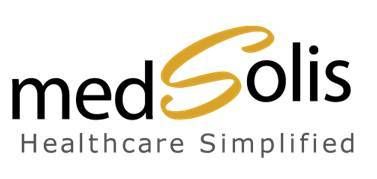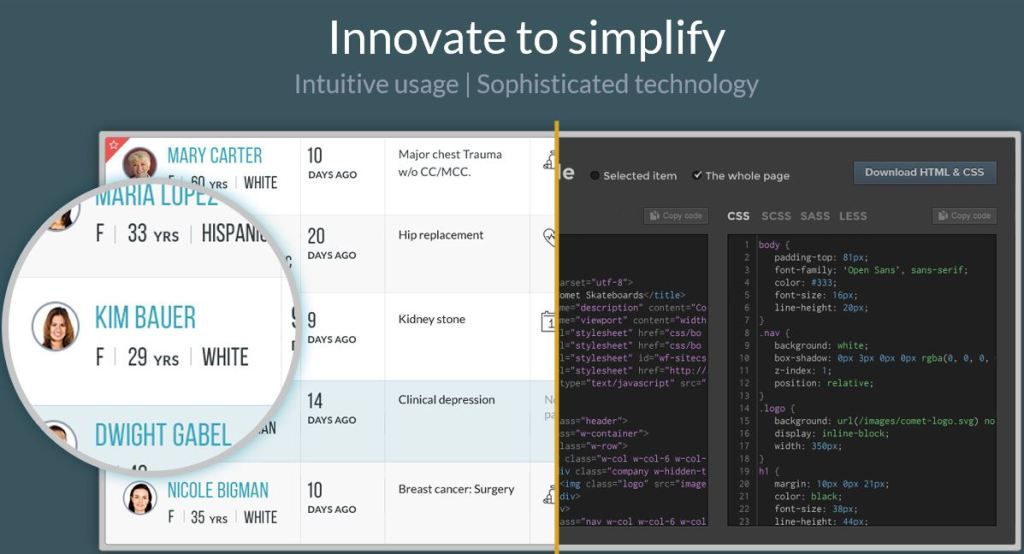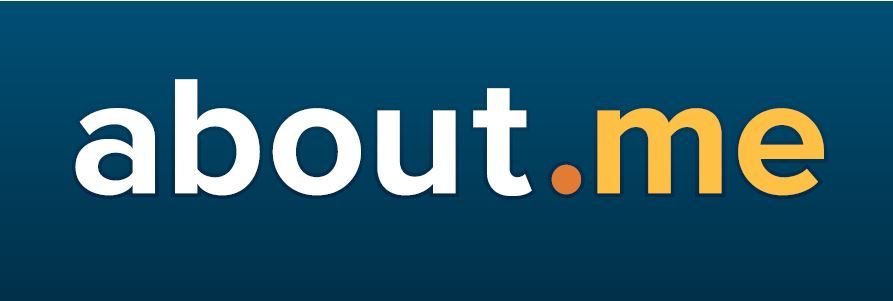 The Disease Management Care Blog has given a number of grand rounds, webinars and presentations and, like many speakers, has a core set of PowerPoint slides that seem to make it into every occasion. In thinking about it's last few engagements, one slide in particular keeps cropping up. It's a fav that compares and contrasts six key domains of the population health née disease management and the patient centered medical home.
The Disease Management Care Blog has given a number of grand rounds, webinars and presentations and, like many speakers, has a core set of PowerPoint slides that seem to make it into every occasion. In thinking about it's last few engagements, one slide in particular keeps cropping up. It's a fav that compares and contrasts six key domains of the population health née disease management and the patient centered medical home.Who: In population health (PH), it's the nurse-coach manager who is engaging the patient. In the PCMH, that role belongs to the primary care site-based team that includes a nurse-care manager.
What: In PH, the 'what' is an enabled, confident patient who is better able to participate in decision making. In the PCMH, it's all about the patient ideally becoming a member of the health care team in mutual decision making.
Where: In PH, it's remote and virtual. In the PCMH, it's local and based on the 'bricks and mortar' of the primary care site.
When: i.e., when do I see my money? In PH, the money is based on a year-end reconciliation of the observed vs. the expected costs i.e., savings. In the PCMH, there may be some upside gain sharing and/or P4P at the end of the year, but the real money is paid every month on a risk adjusted basis for every person that is enrolled, i.e., revenue.
Why: The lingering success of the disease management organizations makes the DMCB think that why is a function of the market still demanding PH. In contrast (pending data on the ROI from the PCMH pilots), the why is a function of policy making and the belief that it will play an important role in the resurrection of primary care.
How: In PH, change is accomplished by activating and engaging patients, who are then empowered to deal with the health care system based on their own goals and values. In the PMCH, change is accomplished by fundamentally altering the practice of primary care.
The DMCB agrees that the PH-PCMH overlap is far greater than any real differences.
The DMCB would be happy to share the slide. Just email 'n ask.












No comments:
Post a Comment